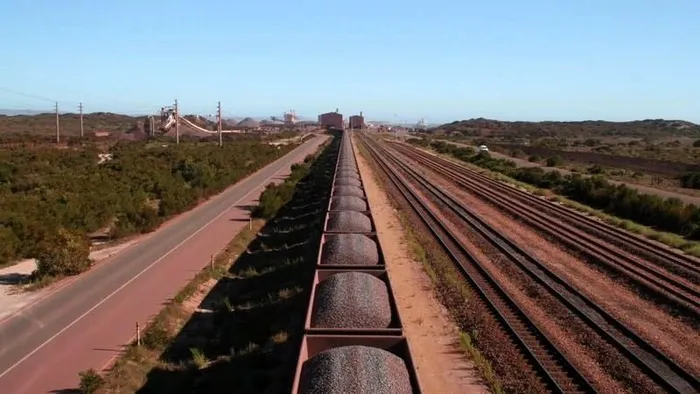Industry leaders welcome R50 billion development of the Port of Gauteng

Industry players have reacted positively to plans for the R50 billion development of the Port of Gauteng.
Image: File
Industry players have reacted positively to plans for the R50 billion development of the Port of Gauteng.
The White Paper for the Port of Gauteng was released two weeks ago.
Developer Francois Nortje said the Port of Gauteng aims to become Africa’s most advanced inland trade gateway, addressing chronic inefficiencies in the national logistics system while creating more than 50 000 permanent jobs.
Malcolm Hartwell, Norton Rose Fulbright director and master mariner, said that in the first instance, any investment in logistics infrastructure is welcomed by traders and transporters who have struggled with South Africa’s inefficient and expensive logistics network, which has been dominated by Transnet’s monopoly over the ports and rail network.
“Low-margin traders need efficient and cost-effective logistics networks to develop and grow their businesses. The decline in Transnet rail services has resulted in costly delays in delivery and has driven container transport from the rail corridors where it belongs to the road networks which are not designed to cope with high volume heavy truck traffic,” Hartwell said.
Hartwell added that Transnet’s privatisation drive, which has accelerated in the last few years, is designed to revitalise South Africa’s transport landscape and restore our role as the gateway into Africa.
“This will allow us to take advantage of the opportunities that should flow from the African free trade agreement while making South Africa’s import and export businesses more competitive. The development of an inland port like this, which has been mooted for decades, is definitely a step in the right direction as it allows those in the logistics sector to better manage the storage and delivery of the goods that drive our import, export and manufacturing sectors.”
Hartwell said that there is no doubt it will create jobs if it increases trade volumes.
“All logistics corridors, however, are only as efficient as their weakest link. Having a large efficient inland port makes no difference if containers cannot get to and from Durban and on and off ships quickly and cheaply.”
Melitah Madiba, Director: Communications, Gauteng Department of Roads and Transport (GDRT), said that its road infrastructure initiatives are at an advanced state, aligning the Port with the province’s 25-year Integrated Transport Master Plan (ITMP25).
“It fits with this strategy perfectly as it provides road infrastructure that unlocks local economic development and job creation. The GDRT views the Port as essential to strengthening Gauteng’s role as the country’s leading freight and logistics hub,” Madiba said.
Grain SA CEO Tobias Doyer said that the Port offers vital relief, arriving at a “critical time when the agricultural logistics system is under severe strain.”
Gavin Kelly, CEO of the Road Freight Association, said that the R50 billion project represents a pivotal opportunity to address the systemic inefficiencies crippling South Africa’s economic arteries, particularly the Durban-Gauteng freight corridor.
“The RFA has long championed an integrated, multimodal logistics network where road and rail function as collaborative partners, not competitors.”
Kelly said that the vision outlined in the Port of Gauteng White Paper, “to create a premier trade gateway that restores balance to our supply chain,” resonates deeply with the core principles of bringing about integrated freight operations and infrastructure.
Kelly said that over the past four decades, the RFA has advocated for the development of inland ports to alleviate the severe congestion at the ports, and the freight handling operations immediately surrounding the ports, as well as inland depots like City Deep.
“The White Paper correctly identifies the unsustainable pressure on the Port of Durban, a bottleneck that ripples through the entire economy – with an echo in the current inland freight handling depots.”
Kelly added that the RFA has spent decades interacting with SARS Customs to make international trade (cross-border freight movement requiring declarations to Customs) as simple and efficient as possible.
“This has (together with other stakeholders) realised the current electronic clearance processes and the drive towards SmartBorders – making goods declaration and clearance possible anywhere and at any time by registered importers and exporters.”
BUSINESS REPORT